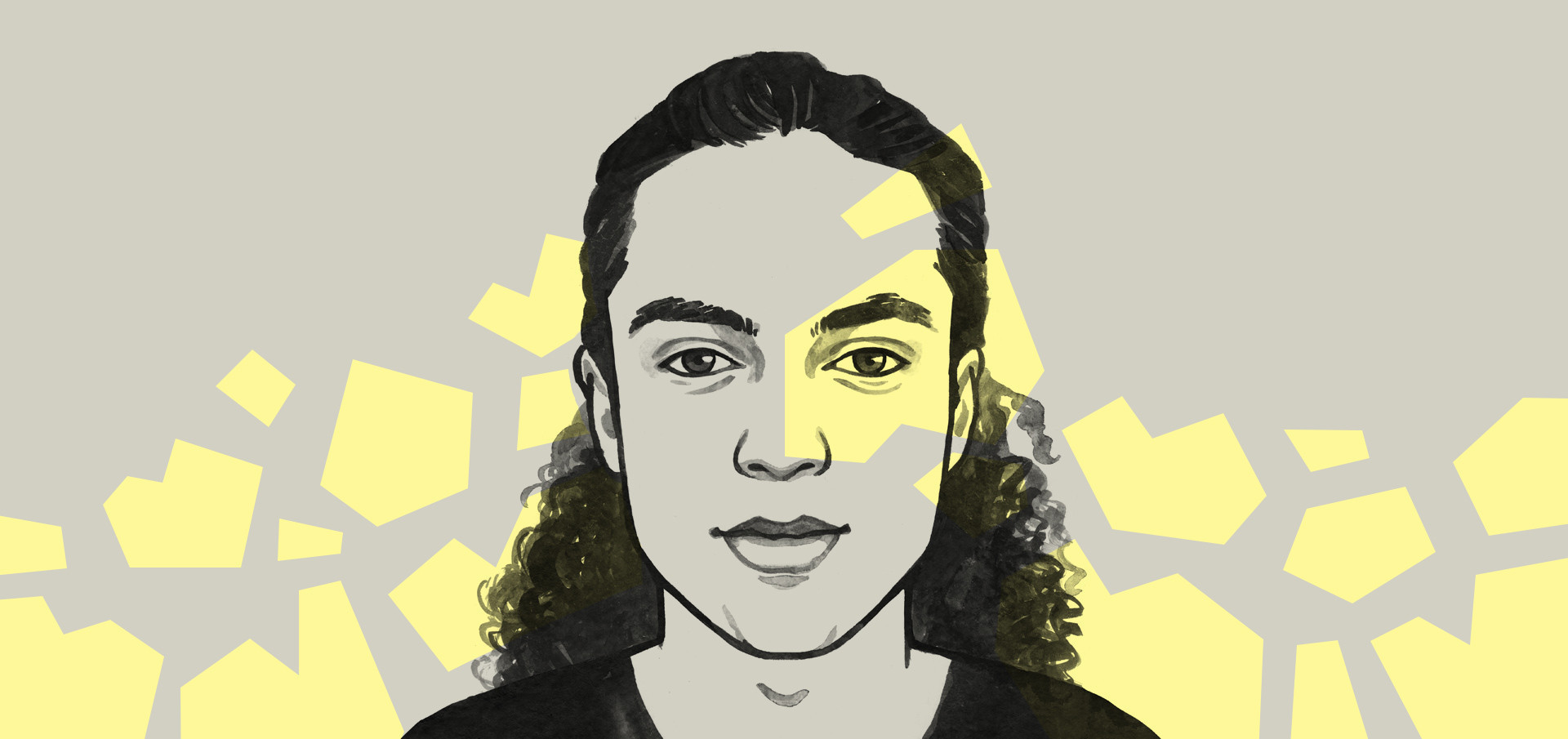Until recently, I wouldn’t have even asked the question. I always assumed male and female musicians were equally represented. That for every Drake there’s an Adele, for every Justin Bieber a Beyoncé, for every Ed Sheeran a Taylor Swift.
And yet I keep hearing about glass ceilings in the music world. That women are absent from senior industry roles, that they’re underrepresented on the radio and at festivals. In the US and the UK, journalists have been reporting on the phenomenon for several years now.
In 2015 the Guardian wrote that most festival headliners are men. According to one Glastonbury festival organizer, that’s because record labels and radio stations seldom promote female artists.
What’s missing: hard numbers on female performers at Dutch radio stations and festivals. So I decided to count them. I started with public radio station 3FM. Then I tallied up the acts that have played for Pinkpop’s sixty-thousand-a-day audience in the festival’s last five years.
A year of airplay
Each month, Radio 3FM spotlights a “promising Dutch artist” as its 3FM Talent. Just as for Pinkpop, I looked at a five-year sample, cataloging all the 3FM Talents since 2012. Of the station’s 101 promising new artists, 28% were female.
And how often did women get airplay? To find out, I counted the male and female artists 3FM played between April 2016 and April 2017. My metric took into account all the performers who were part of an act’s steady lineup.
I suspected there would be a disparity. But the result still surprised me. After tallying more than 55,000 songs played from April 2016 through April 2017, I learned that 3FM played male artists 80% of the time. Only one in five was female.
Diederik van Zessen, 3FM’s Music Director, acknowledged the imbalance in an email. But according to him the station doesn’t differentiate between men and women. “When selecting music, we look at the quality,” he wrote.
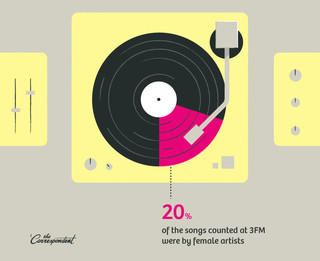
And what about festivals?
Granted, 3FM isn’t as big as it once was. Its listenership has been declining for years. Nonetheless, the station is still a factor in advancing an artist’s career (and income). Among other things, it helps artists get booked into festivals.
A simple example: 3FM has long sponsored a podium at the Netherlands’ oldest pop and rock festival, Pinkpop. So I also wanted to know what the ratio was there.
Between 2012 and 2016, Pinkpop booked 248 acts. Of these, female artists accounted for 11.5%.
Last but not least, I looked at Pinkpop’s major attraction: the headliners. These are the artists who close out a day on the festival’s main stage. Of the 54 headliners since 2000, a whopping two included female artists: Ginger Reyes of The Smashing Pumpkins and Sister Bliss of Faithless.
Pinkpop’s headliners since 2000 have been 98.3% male.
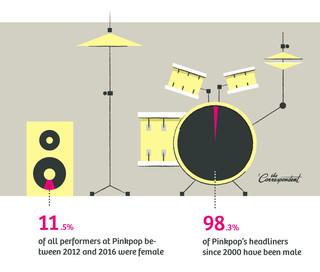
What’s going on here?
A quick inventory suggests that 3FM and Pinkpop are the rule rather than the exception in the Dutch musical landscape. The past 39 headliners at the Lowlands festival were 96.6% male. The fledgling Best Kept Secret festival hasn’t had a female headliner since its inception.
So my initial data seem to tell an accurately somber story. They reveal an enormous disparity between men and women in music. Now I want to know how far that pattern extends. In the coming weeks, I’ll be collecting additional data to nail down the ratio between male and female artists. Among other things, I’ll be looking at the figures for Radio 2, the country’s other public pop and rock station, as well as the commercial radio stations, other festivals, and music streaming services.
Do any of you have additional examples and data on places where female artists are underrepresented (or conversely, represented in force)?
To that end, I’d like to ask for your help. Do any of you have additional examples and data on places where female artists are underrepresented (or conversely, represented in force)? If so, I hope you’ll share that information. Questions for me to consider as I dig through the mountain of data are also welcome.
I’ll also be looking for explanations. It seems unlikely we can chalk this up to a lack of talented female performers; I’ve encountered too many in my years as a musician, festival organizer, and radio host to believe that for a second.
Somewhere between the local scene and the festival poster, a lot of talent is getting lost. Maybe it’s because the industry is largely composed of men. Or maybe the root lies in our music education. Whatever the cause, it seems like a bad thing for the quality and diversity of our musical landscape.
I’m eager to discuss this phenomenon with you. Some of you undoubtedly have answers and explanations I haven’t thought of yet. So please chime in! Contact me at rufus [at] decorrrespondent [dot] nl and share any insights that would help inform my work. In the weeks to come, I’ll publish my full investigation into the underrepresentation of women on the radio and at festivals, here at De Correspondent.
Special thanks to Dimitri Tokmetzis, who helped me collect the data from Radio 3FM.
—Translated from Dutch by Grayson Morris and Erica Moore
More stories from De Correspondent:

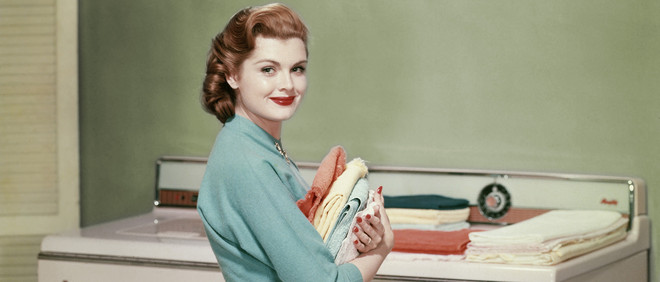 The world’s not changing faster than ever at all
The world is changing faster than ever. And we’re going to have to adapt faster than ever too, just to keep up. At least that’s the cliché. But a new book gives short shrift to that notion. We’re not living in a period of technological revolution after all, author Robert J. Gordon argues, but in a period of technological stagnation.
The world’s not changing faster than ever at all
The world is changing faster than ever. And we’re going to have to adapt faster than ever too, just to keep up. At least that’s the cliché. But a new book gives short shrift to that notion. We’re not living in a period of technological revolution after all, author Robert J. Gordon argues, but in a period of technological stagnation.

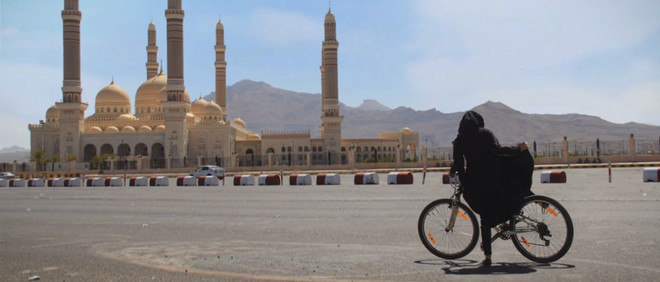 How bicycles are liberating the women of Yemen
With the fighting in Yemen getting worse by the day, photographer Bushra Al Fusail decided to teach women to ride bikes, to give them an alternative in this time of gas shortages. Her plan caused an uproar at home. And gained a following abroad.
How bicycles are liberating the women of Yemen
With the fighting in Yemen getting worse by the day, photographer Bushra Al Fusail decided to teach women to ride bikes, to give them an alternative in this time of gas shortages. Her plan caused an uproar at home. And gained a following abroad.

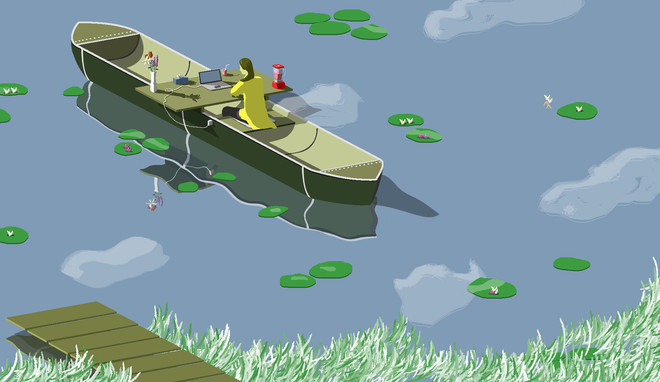 Eat a live frog (and two other good habits to start your day)
Want to know why you keep putting off your most important tasks? Consult the Canadian professor who has been researching this question for nearly 20 years. Plus three ways to just get started.
Eat a live frog (and two other good habits to start your day)
Want to know why you keep putting off your most important tasks? Consult the Canadian professor who has been researching this question for nearly 20 years. Plus three ways to just get started.



